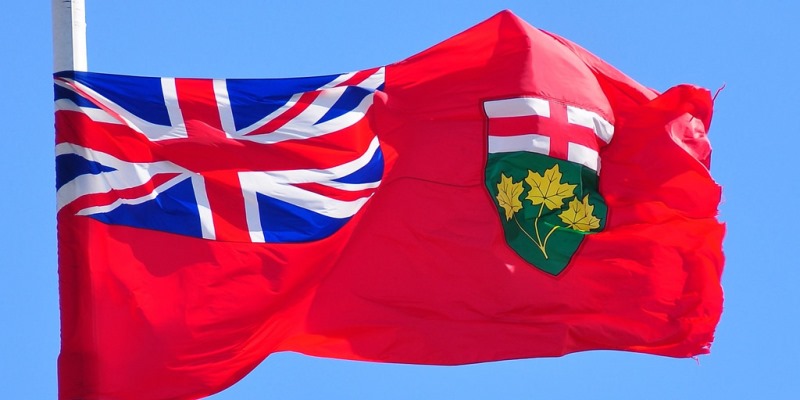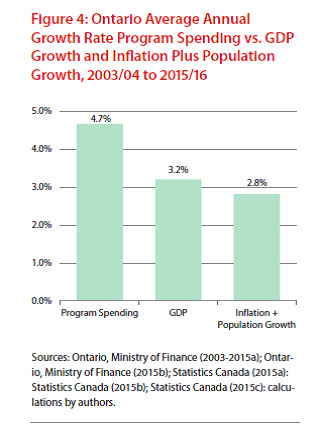Credit downgrade shows Ford has work cut out

Incoming premier Doug Ford will face many challenges when he takes office. Among the most important of them will be the province’s dangerous fiscal situation and, specifically, its $325 billion mountain of debt. Ontario’s debt is the largest of any sub-national government in the world and is projected to continue growing quickly in the years ahead.
Premier-designate Ford received an unpleasant reminder of the challenge ahead recently when the credit ratings agency Fitch issued a downgrade to the province’s credit outlook. Specifically, while maintaining the province’s “AA” credit rating, Fitch updated the province’s outlook from “stable” to “negative’ reflecting serious risks facing provincial finances. If the outlook change is indeed followed by a downgrade, higher borrowing costs could result.
How should the incoming Progressive Conservatives work to address Ontario’s debt challenge, which is being exacerbated by a substantial budget deficit this year?
As a first step, the government must correctly identify the root of Ontario’s fiscal problems – which is unsustainable spending growth over the course of recent history.
Consider that from 2003/04 to 2015/16, program spending in Ontario (all spending except debt service) grew at an average annual rate of 4.7 per cent. This was much faster than the rate of economic growth (3.2 per cent) or what would have been needed to keep up with pressures from inflation and population (2.8 per cent). The graphic below, drawn from a recent Fraser Institute study, highlights this reality.

If it weren’t for this lengthy period of spending growth in excess of other key economic indicators, Ontario’s fiscal problems simply wouldn’t have emerged. The same analysis showed that a more prudent level of spending growth – aligned with the growth of the overall economy – would have produced a long string of surpluses instead of a lengthy string of deficits in recent years. In short, under a scenario where the provincial government increased spending more prudently, the rapid run-up in Ontario’s debt burden wouldn’t have occurred.
During the years following the 2008/09 recession, Ontario made some progress at least in terms of reducing the annual budget deficit by exercising a modicum of spending restraint. But in recent years, this too has been abandoned. The last budget tabled by the Liberal government for 2018/19 before their electoral defeat showed spending would be up by 12 per cent over a two year period, with the result being the re-emergence of large deficits and a rapid increase to the province’s debt burden.
As the new government works to stop the recent credit outlook from leading to a full-fledged downgrade, it must begin with a clear understanding of the nature of Ontario’s deficit and debt challenges. The root of Ontario’s fiscal challenges is undisciplined spending and only by addressing that challenge head-on can the new Progressive Conservatives hope to reverse the long-running deterioration of Ontario’s financial condition.

